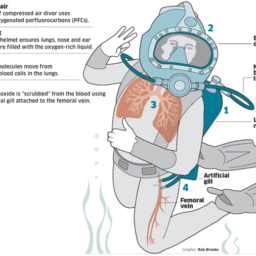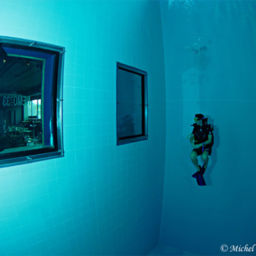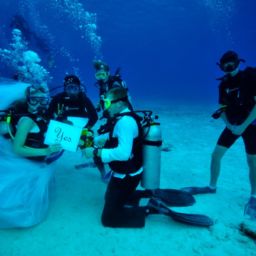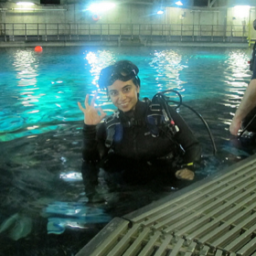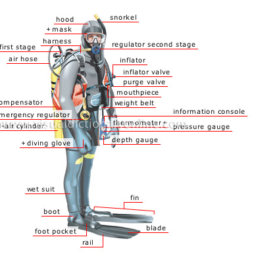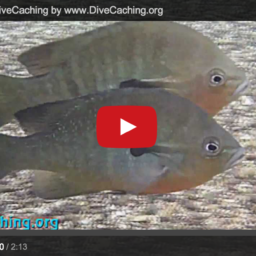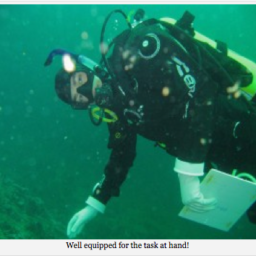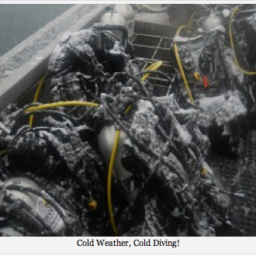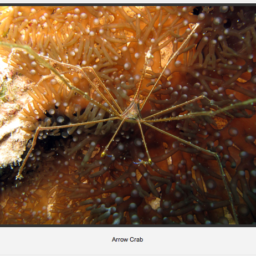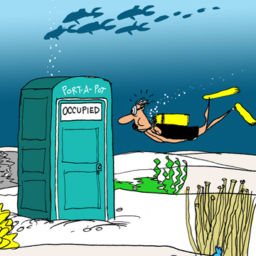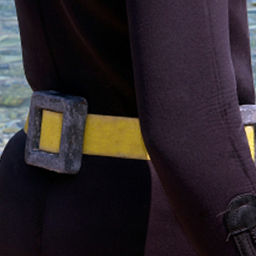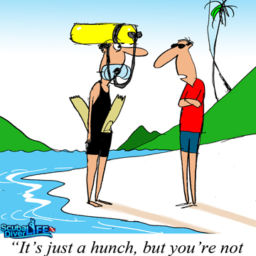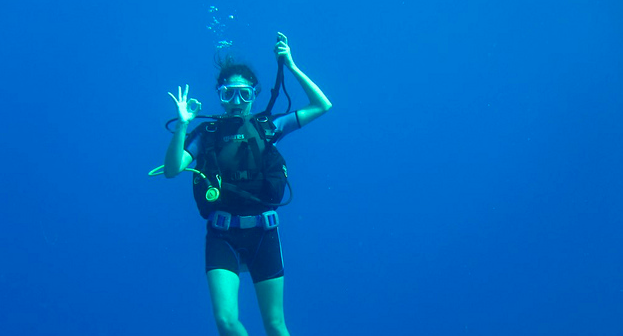
1- Descending fast can to lead to the risk of squeezing out air spaces in our ears. We need to descend slower to allow air spaces, such as in our ears and mask, enough time to equalize as the pressure changes.
2- We need to control our decent so we don’t damage the precious environments below us, being careful not to touch coral or creatures.
3- We don’t want to steer up the bottom composition, resulting in a decrease in visibility.
Always Remember S.O.R.T.D.
Signal – The first step you need to take is to signal to your dive buddy or group that you are ready to descend. You can signal this my making a thumbs down sign with your hand. This is important to make sure that all divers are ready to descend.
Orientation – Your second step is to look around where you are and gain orientation. Most will recommend picking out a fixed object on the shore as an orientation point. Look below you for a clear path to descend, and a quick orientation as to where you’re about to go. By far the most exact way for a diver to orient himself/herself is by using a compass.
Regulator- The third step is to exchange your snorkel with your regulator, or to make sure that all divers have a regulator in their mouth.
Time- The last action you will take before deflating is to make sure your dive computer is activated. Checking your timing device immediately before descent helps to know your bottom time as accurately as possible.
Descend– The final step is to deflate your buoyancy compensator (BCD) and descend. Deflate your BCD and exhale, you will begin to slowly sink. If you are not sinking you need to check that you are properly weighted. Equalizing your ears once on the surface before descent helps to prepare them for subsequent equalizations and helps to compensate for the initial (and most extreme) pressure change near the surface. Keep the BCD inflator at hand in order to add air to the BCD as you descend – you will need to compensate for your decrease in buoyancy as the water pressure around you increases.
Here are some tips to help out with equalizing while descending on your scuba dive:
- Start equalizing before you get in the water. Listen for the pop and clicking sound when your on the boat or well before a dive. Do this by swallowing or by using the valsalva method gently. Pre-pressurizing helps make equalization underwater much easier.
- Descend feet first. It is said that the valsalva maneuver takes 50% more force when you are in a head down position rather than head up. It’s also easier to equalize when your head is closer to the surface when you first descend.
- Equalize before you feel the need to, i.e before you feel a squeeze. The deeper you go without equalizing the harder it is to equalize cause the pressure increases more the further you go. Look up when you equalize. Extending your neck tends to open your Eustachian tubes.
- Ascend a little if you can’t equalize. If you are having trouble getting your ears to equalize at a certain depth, ascend a little and try again.
- Remember that if you can’t equalize, don”t worry … just ascend.


